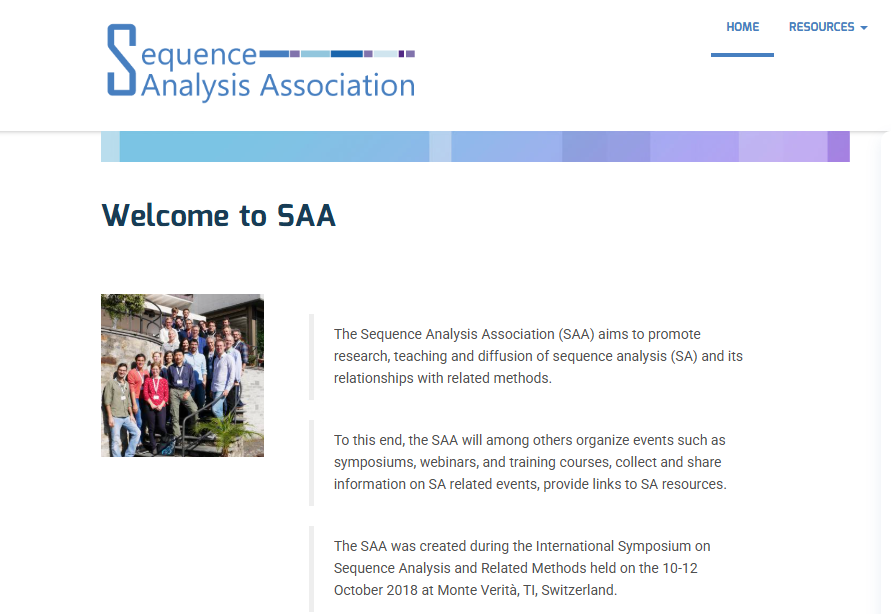Jason D. Shaw, Michelle K. Duffy, Jonathan L. Johnson, and Daniel E. Lockhart published this collaborative work in the Academy of Management Journal in August 2005. The authors developed and tested a theory of turnover, social capital losses, and store performance across 38 locations of a restaurant chain.‘
https://www.jstor.org/stable/pdf/20159681
Background and Theory
This paper was particularly relevant, as I have spent over a decade in the corporate world and have seen how devastating it can be for companies to lose skilled talent. I came from an organization where most people had spent over 20 years on the job; you can imagine that many strong and effective relationships had been built over the years. I personally spent 5 years there. When I sent my resignation letter to further my studies, my boss rejected it and offered an alternative package that would allow me to retain my position in the company while continuing with my studies. This was because I was considered a talented connector in the organization.
Losing key connectors can be even more detrimental because it disrupts the organizational communication links. Looking at it from a different perspective, when the first few important people leave, it really hurts the company’s performance. However, after several people have already left, losing a few more doesn’t change things as much because the company is already struggling.
The paper explores how employee turnover, which occurs when workers leave a company, can negatively affect business performance. This is because losing employees can lead to a loss of skills and knowledge that are specific to the company.
Traditionally, it’s believed that when more employees leave, the company becomes less productive and efficient.
Social Capital and Turnover
The authors introduce the idea of “social capital,” which is the value created by relationships and communication among employees. When employees leave, these valuable connections can be disrupted.
They suggest that losing employees who connect different groups within the company can be particularly harmful because these employees help information flow smoothly.
Turnover and Network Effects
The study suggests that the negative effects of losing social connections are more noticeable when the overall turnover is low. This is because, in stable environments, the existing relationships are stronger and more effective. Simply put, when people stay for a long time, they form strong relationships and become important connectors. Losing these people can really hurt the company. But if people are always coming and going, those strong connections never form, so losing any one person doesn’t have as big an effect. If turnover is high, the disruption is less noticeable because the social systems are already unstable.
Key Findings
The research confirms that turnover generally harms performance, but the expected impact of losing specific job skills (in-role performance) wasn’t as significant as anticipated.
The study found that losing social connections has a bigger impact on performance when these losses are small, indicating that even a few key departures can be very damaging.
The effect of losing social connections is less severe when turnover is high, as the company is already dealing with frequent changes.
Discussion and Implications
The study emphasizes the importance of social connections in understanding why some stores perform better than others, beyond just looking at turnover rates and job performance.
It suggests that the relationship between losing social connections and performance is complex and calls for more research to understand these dynamics better.
This summary simplifies the complex ideas in the paper, focusing on how employee turnover and social connections within a company can impact its performance. The researchers suggest this shows the importance of workplace relationships and communication networks, not just individual skills, in determining organizational performance. They recommend managers pay attention to preserving important communication links when dealing with turnover, especially in more stable, low-turnover environments.
Shaw-et-al-2005-AMJ









Leave a Reply